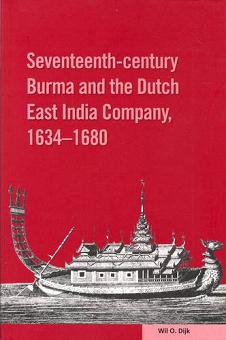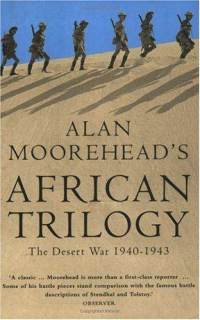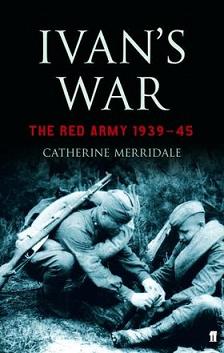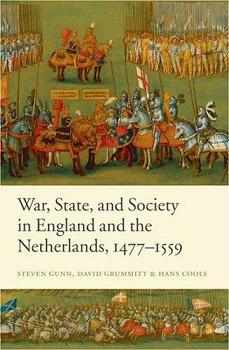
Charlemagne: the Formation of a European Identity
Rosamond McKitterick
460 pages including index
published in 2008
I knew Rosamond McKitterick from the volume in the Short Oxford History of Europe series she edited, which is why I picked up Charlemagne: the Formation of a European Identity from the library. Charlemagne himself has only relatively recently picked my interest, mostly through having read Emperor of the West a few years back. Interest in Charlemagne in general has rather picked up in the past decade, as the search for a common pan-European identity has taken on obvious political significance, what with the EU and all.
Which is where this comes in, as Rosamond McKitterick attempts to get back to contemporary sources to re-evaluate Charlemagne and his reign, without the interpretations later historians have given them. Her goal is to in this way provide a new critical understanding of what these sources tell us about the development of the Carolingian empire, its political identity and how these changed during Charlemagne’s reign. It makes Charlemagne a heavily text orientated history, as McKitterick examines the narrative representations of Charlemagne produced during his lifetime and shortly after. To be honest, at times this made it heavy going, especially when I read most of it during the morning and afternoon commute.
Charlemagne is divided into five chapters. In the first McKitterick tackles the problem of how Charlemagne has been represented in late eight century and early ninth century sources, like the Annales regni francorum produced during his lifetime and revised shortly after, as well as purely posthumous sources like the Vita Karoli. The largest problem with these sources is of course the dating of them, which is far from easy; obviously it makes a difference if a source is truly contemporary or written several decades after his reign, with memories having become unreliable in the meantime and political useful interpretations of it having been developed…
The second chapter: Poppinids, Arnulfings and Agilolfings: the creation of a dynasty, is the closest this book comes to a narrative history as McKitterick gives a short overview of the rise of the Carolingian dynasty and Charlemagne’s own rise to the throne, first as ruler together with his brother Carloman, then on his own. The assumption underlying much of Carolingian history is that Charlemagne had fallen out with his brother at some point, but as McKitterick shows, this is actually not easy to prove using contemporary sources. From there on, she moves on to Charlemagne’s own succession as well as the growth of the empire during his lifetime.
The third chapter introduces another important aspect of Carolingian history where the orthodox interpretation might not quite be in synch with what can actually be deducted from the historical documents available: the royal court. She first looks at the representations of the court in various types of texts, then at what we might be able to conclude from these, in the context of whether the image of Charlemagne’s court as an itinerant one, travelling with the king between palaces, is actually correct. She also looks at Charlemagne’s own travels, the political and diplomatic space in which he operated and on a more meta level, at the survival and redaction of royal charters and what information these can give us.
The fourth chapter builds on this, examing the king’s own communications both within and outside the empire and what they reveal about the Carolingan political identity and programme, if there was such a thing. This and chapter five, looking at the religious aspects and ideology of Charlemagne, were the hardest chapters to finish, as McKitterick’s analys of the primary documents on these subjects is somewhat less than gripping, to be honest.
On the whole Charlemagne wasn’t quite the history book I was looking for, but it is obviously a valuable contribution to Carolingan studies.



